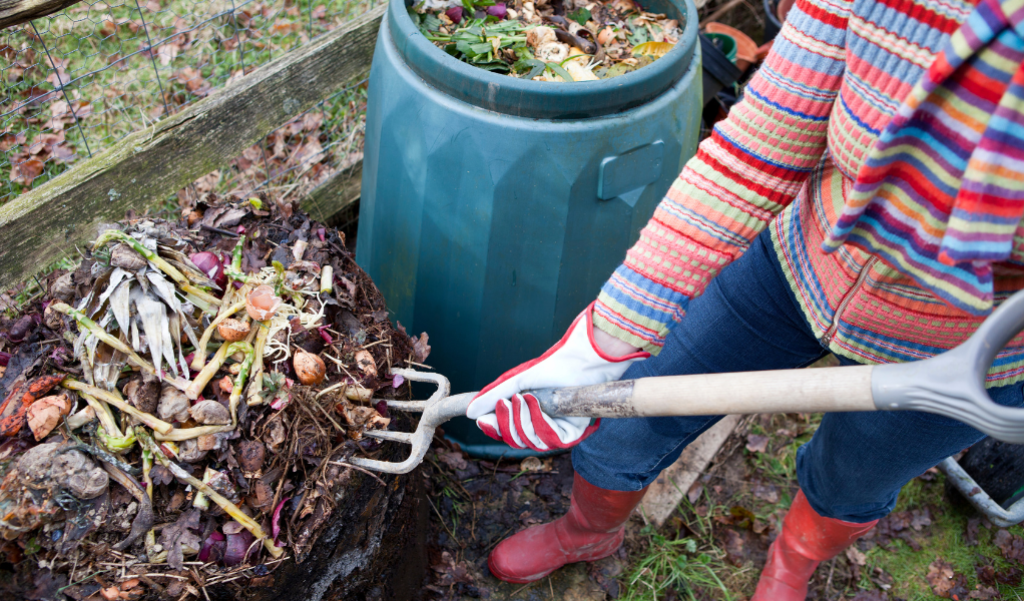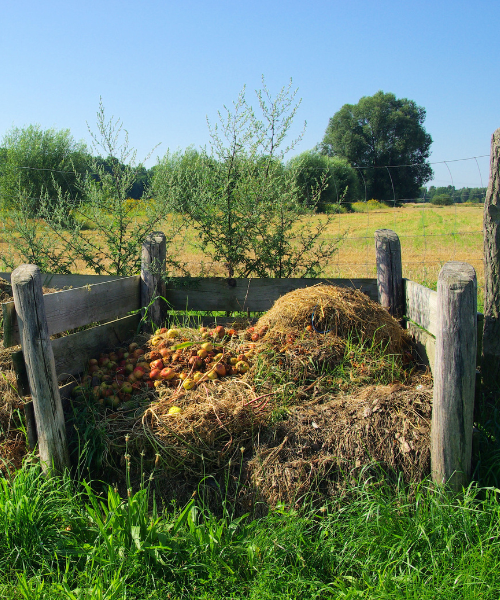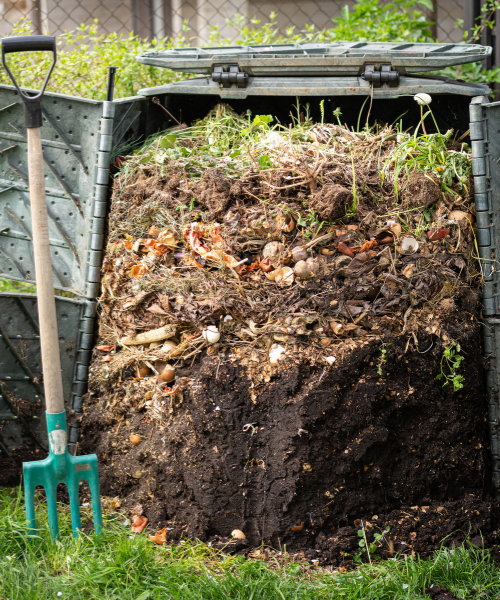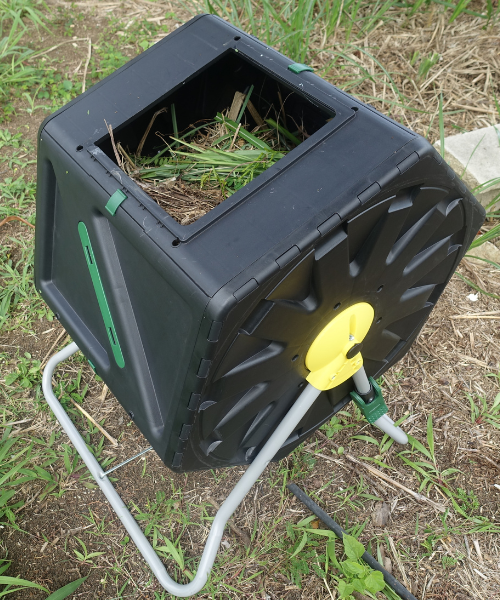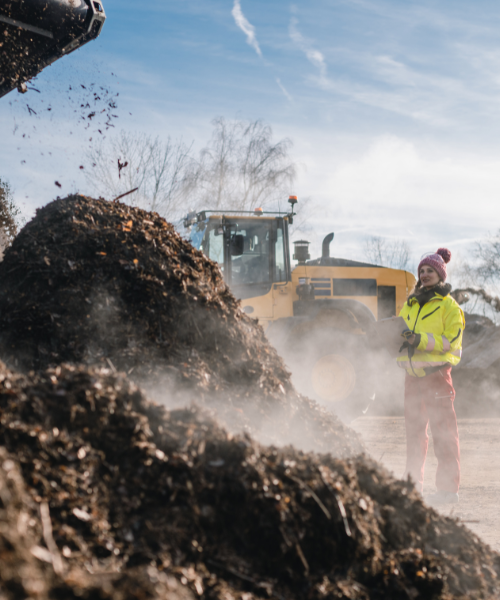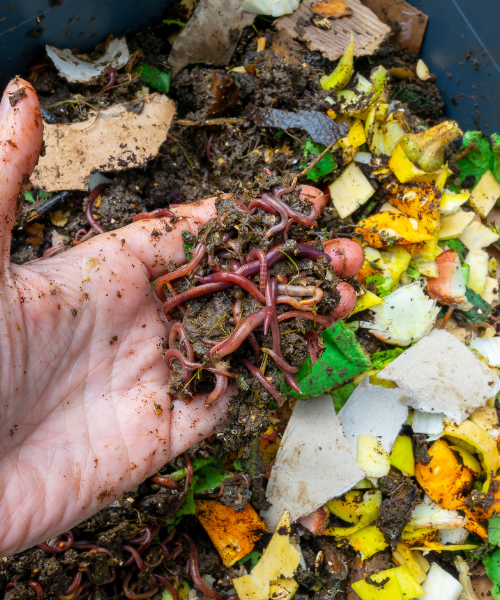
Vermicomposting, or worm composting, is another easy way to compost at home. Let the worms do all the work to break down the organic matter! Most worm bins are made from plastic, but they can also be made from wood. However, you should avoid using cedar because of its antimicrobial properties. Most importantly, whatever bin you use should be raised off the ground and have ventilation holes at the bottom to ensure proper air flow. Worms love darkness so the bin should also be located in an area with very little sunlight such as a covered patio, basement, or under a kitchen sink.
Begin filling up the bin with moist shredded paper on the bottom with a layer of garden soil on top. Now you’re ready to add your worms! The most common type of worm used for composting is the Red Wiggler, which you can purchase online or from a local shop. For new compost bins, start off with about a thousand worms. Healthy worms will multiply over time and speed up the composting process. Food waste like vegetable and fruit scraps should be added to the bin about every one to two weeks. Do not put meat, bones, dairy, or oil into your worm bin as they can be harmful for your worms. Learn all the dos and don’ts of caring for your worms in our blog Worming Around.
